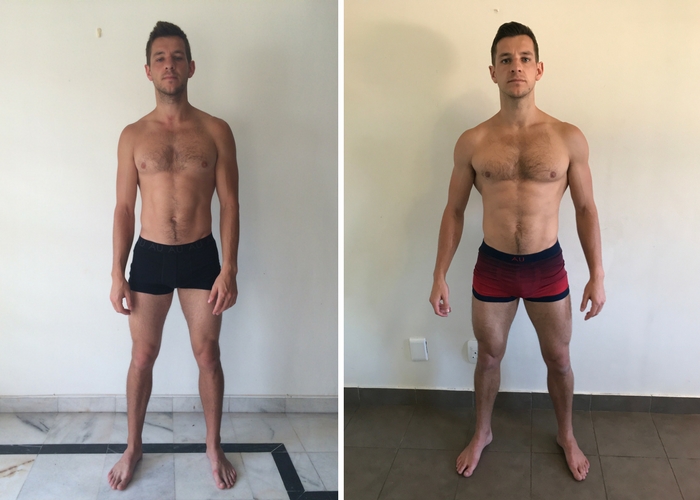If only there was a way to spend half an hour a week in the gym and check off the bikini body from your wishlist.
Well, then it’s good news there is.
Vishen Lakhiani, founder of Mindvalley, and Lorenzo Delano, Mindvalley’s Chief Fitness R&D expert share the science behind the 10X method in this video from A-Fest.
About the Video
The idea that you should spend hours every week in the gym in order to look fit and put on muscles is a myth.
Science has proven that High-Intensity Interval Training (HIIT) is more effective in losing weight and gaining muscle mass than any low-intensity steady-state cardio in the gym or even a run in the park.
But most people still think they have to compromise on their time in order to achieve their fitspiration goals. That’s because most exercise programs are rooted in outdated science and they’re often over-hyped.
To bust those misconceptions, Lorenzo Delano decided to create Mindvalley’s own in-house strength and muscle-building protocol based on the latest science on fitness.
First, he tested it on himself. Ahem, it went pretty well.

Then he tested it on Vishen. He only spent an average of 40 minutes per week in the gym while his chest size went from 98cm to 103.5cm. He also achieved a 50% strength gain after the training (his flexed biceps are the testimony to this in the video above).
Eventually, Lorenzo turned the Mindvalley team into his guinea pigs and took them to the gym.
His first test group was about 80 people who adopted the 10X method and took quantitative measurements while training. Lorenzo tracked around 50 different variables on each individual.
Did it work? Well, the team got a 25% average strength gain in an average of 117 mins a month doing the “Big 5” weight training exercise.
It’s pretty much the fastest way to go from tummy to 6 pack, provided you have your diet in check.
Want to give it a try? Lorenzo and Vishen share more about the fascinating study that gave birth to this protocol and explain what the Big 5 exercises are in the video above.








